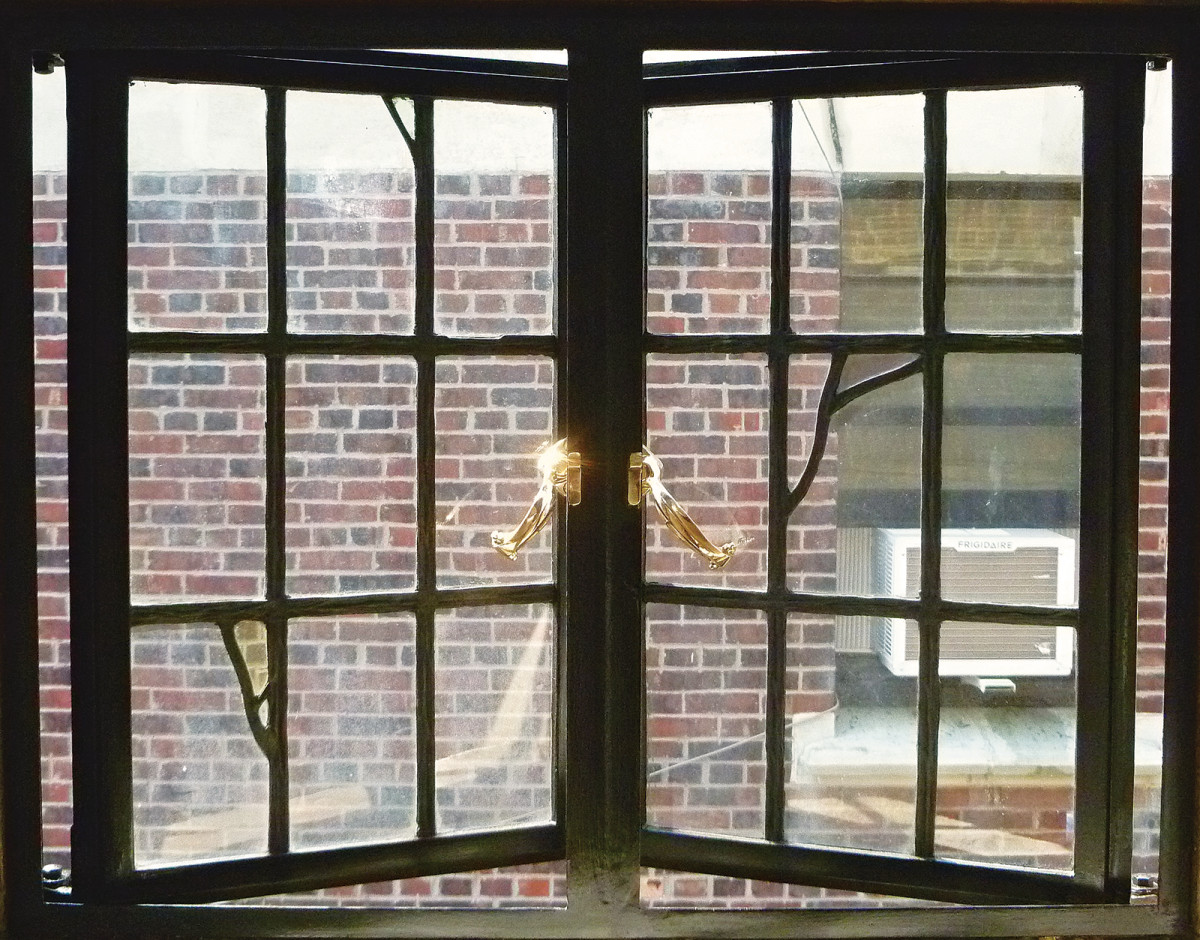The Phylogeny Of Nerve Windows: From Heavy-duty To Modern Font Homes

Steel Windows have a long and high-rise history, tracing their origins back to the heavy-duty era when they were first utilised for their unparalleled effectiveness and lastingness. Initially, nerve windows were blessed in factories and warehouses, environments where their unrefined nature could withstand the rigors of heavy-duty natural process. Their ability to support vauntingly panes of glass over also allowed for greater cancel dismount, an essential sport for up workings conditions in such settings. These early applications cemented the reputation of nerve windows as a TRUE and realistic choice for rigorous environments.
As fine arts styles evolved, so too did the application of steel windows. Moving from purely functional industrial settings, steel windows began to find a place in more aesthetic-driven applications. In the early 20th century, the Art Deco and Modernist movements embraced the slick lines and minimalist profiles that Steel windows and doors near me offered. Architects like Le Corbusier and Walter Gropius championed the use of nerve windows in their designs, highlighting how these Windows could immingle form and run. The power of steel windows to create communicatory, uninterrupted views became a earmark of Bodoni architecture, symbolising a new era of design that prioritized receptivity and dismount.
In coeval home design, steel Windows have become a desired feature for their distinctive immingle of style and public presentation. Homeowners and designers likewise appreciate the thin sightlines and large glaze expanses that nerve Windows cater, which allow for utmost natural dismount and open views. The versatility of nerve means that these Windows can be plain to suit a variety of study styles, from slick and Bodoni to countrified and orthodox. Advances in manufacturing have also improved the vitality and enduringness of steel Windows, making them a practical option for human activity use.
Moreover, the esthetic appeal of nerve Windows lies in their power to communicate a sense of strength and simultaneously. The stuff 39;s implicit in sturdiness allows for the creation of slim profiles that other materials cannot match, gift buildings a characteristic, streamlined look. This characteristic is particularly valued in urban settings, where maximising both space and dismount is crucial. Steel windows often suffice as a focal point in such designs, adding a touch down of industrial chic to contemporary homes and renovations.
Today, the revivification in popularity of steel windows can be attributed to their dateless invoke and adaptability. As sustainability becomes an more and more meaningful consideration in edifice design, steel windows volunteer the advantage of being highly reclaimable. Additionally, Bodoni font production techniques have enhanced their caloric performance, ensuring that they meet current vitality efficiency standards without compromising on their esthetic qualities. This of lulu, potency, and sustainability ensures that steel Windows stay a relevant and desirable selection for Bodoni homes.
In conclusion, the phylogenesis of nerve Windows from industrial origins to modern home applications showcases their long-suffering versatility and invoke. Whether used in a important restoration or a thinning-edge new build, nerve windows preserve to offer a unique of lastingness, , and functionality that resonates with coeval subject trends. Their journey from the factories of the past to the a la mode homes of now reflects the current innovation and adaptability of this dateless stuff.
